Today, in modern cosmetology, there are many types of skin peeling: both for cleansing and rejuvenation. Therefore, it can be difficult to understand which type of peeling is right for you. However, it's not that hard to figure it out. It is enough to know their features and indications for use.
Peeling – is the removal of dead skin cells. With the help of this procedure, you can renew the skin and restore its healthy appearance and beauty. In this material from estet-portal.com, you will learn about the types of facial skin peeling, how these procedures differ, and what affects the cost and how long the effect lasts.
Facial skin peeling: types
To make it easier to understand, let's analyze the classification and types of facial skin peels. The classification is distinguished according to two criteria: by the depth of impact and by the type of impact.
According to the depth of exposure, there are such types of facial peels:
• surface;
• medium;
• deep.
By impact type:
• mechanical;
• physical;
• chemical peels.
It is worth noting that each of these methods has its own characteristics and contraindications. Below we will discuss each method separately.
Follow us on Instagram
Types of facial peels by depth of exposure: description and contraindications
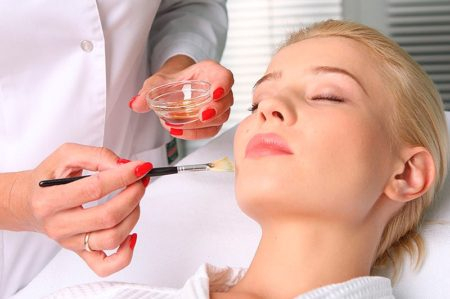
- Superficial Peeling
Surface peeling acts only in the upper layers of the epidermis and fights against the removal of dead cells of the horny and granular layers of the skin. Using this procedure, the topmost layer of cells can be removed. For this procedure, cosmetologists use various acids. This is considered the safest and most gentle type of peeling.
Readings:
• scars and scars;
• acne and post-acne;
• uneven complexion;
• mimic and age wrinkles;
• loss of skin elasticity;
• pigment spots.
Depending on the type of exposure, mechanical, chemical and physical superficial peels are distinguished.
Mechanical superficial peeling is called microdermabrasion. To remove dead skin cells, scrubs based on small particles of minerals or plant products (particles of fruit seeds, ground rice, coffee) come into play. This procedure can be carried out both at home and at a beautician.
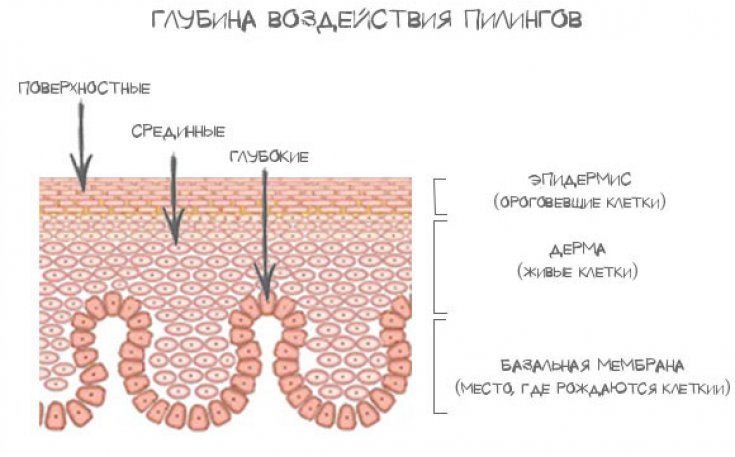
The procedure can be performed on the basis of fruit acids (lactic, citric, malic, tartaric), retinoic, salicylic and glycolic acids, as well as alkalis.
It is worth noting that the most gentle way to cleanse the skin – use of fruit acids. Substances derived from cranberries, citrus fruits, sugarcane and other fruits may be used during the procedure.
Read also: Dry facial skin: where the problems come from
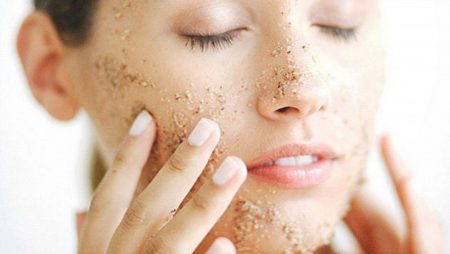
Retinoic acid peeling is considered more effective. With this procedure, intensive division of epidermal cells occurs, collagen production is stimulated, and the water balance in the skin surface is restored. Azelaic, phytic, ascorbic and other acids may also be used during cleaning.
Superficial peeling helps prevent premature skin aging and eliminate the first signs of age-related changes, as well as cleanse the skin and normalize metabolism in the dermis.
However, this procedure has its contraindications:
• wounds, abrasions;
• blood diseases;
• skin diseases in the acute stage;
• allergy to peeling components;
It is also worth noting that after mechanical cleaning of the face, it is not necessary to carry out superficial peeling, as well as in hot weather and during pregnancy.
Read also: Facial skin types: facial skin care according to age
2.Medium peeling
The action of median peeling extends to the entire epidermis, including the papillary dermis. Unlike the surface type, this procedure is carried out using more concentrated acids, in particular trichloroacetic (TCA) and its combinations with fruit acids.
This procedure can reduce deep wrinkles, get rid of deep pigmentation, and also eliminate red spots.
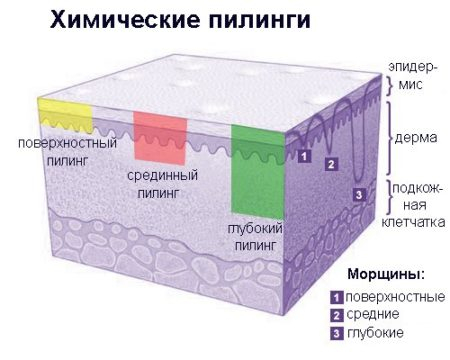
At home, such a procedure is not carried out, only by a dermatocosmetologist. After the procedure, red spots and burns often form on the face, but do not be afraid - they disappear within a few days.
Deep peeling can be done with a laser or chemically. In the second case, phenol-based products are used.
It is worth paying attention to the fact that such a procedure is prescribed for women from 55 years old. Young women are more gentle methods of rejuvenation and restoration of the skin.
Indications for deep peeling:
• sagging skin on the chin and face;
• appearance of stretch marks and scars;
• deep wrinkles, "crow's feet" near the eyes, age spots;
Contraindications:
• oncological diseases;
• skin diseases: eczema, atopic dermatitis, psoriasis;
• diseases of the liver and kidneys, cardiovascular diseases;
• keloid scars on the skin;
• pregnancy and lactation.
Summer Challenges: Dry Skin Care
Which option to choose and when is the best time to do peeling
The most important thing that you should be guided by when choosing a facial skin peeling is the problem that you want to get rid of and your age.
For young skin, it is best to choose gentle procedures: chemical superficial peeling or mechanical cleaning. For mature skin (after 40 years): medium peeling or dermabrasion. In any case, before the procedure, you need to get a consultation from a specialist who will select the ideal option for your skin type.
Chemical peels based on fruit acids are the most popular today. The demand for this procedure is explained by the fact that this is the most gentle method that not only helps to cleanse the skin, but also smooth out fine wrinkles. For maximum effect, you will need to undergo a course of 7-10 procedures with a break of 10 days between each.
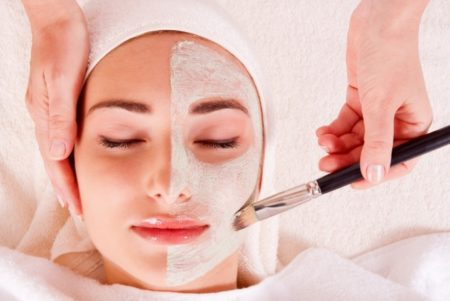
Peeling is advised to be carried out in the cold season, namely in late autumn or winter. Cosmetologists explain this by the fact that peeling removes the top layer of the skin, leaving cleansed tissues that need to be protected from exposure to sunlight, dirt and dust. In winter, the sun is not as active as in summer and spring.
As for the cost of peeling, the price for this procedure depends on what is included in the composition used by the beautician. The more primitive and cheaper it is, the higher the likelihood of complications. Also, the cost depends on which zones are selected for processing. The larger the plot, the more the drug is required, and the price increases.
Follow us on Telegram
In conclusion, we note that peeling procedures help to cope with various aesthetic problems. For them to be as effective as possible, it is imperative to take into account the patient's skin type and follow the technology for performing each technique.






Add a comment